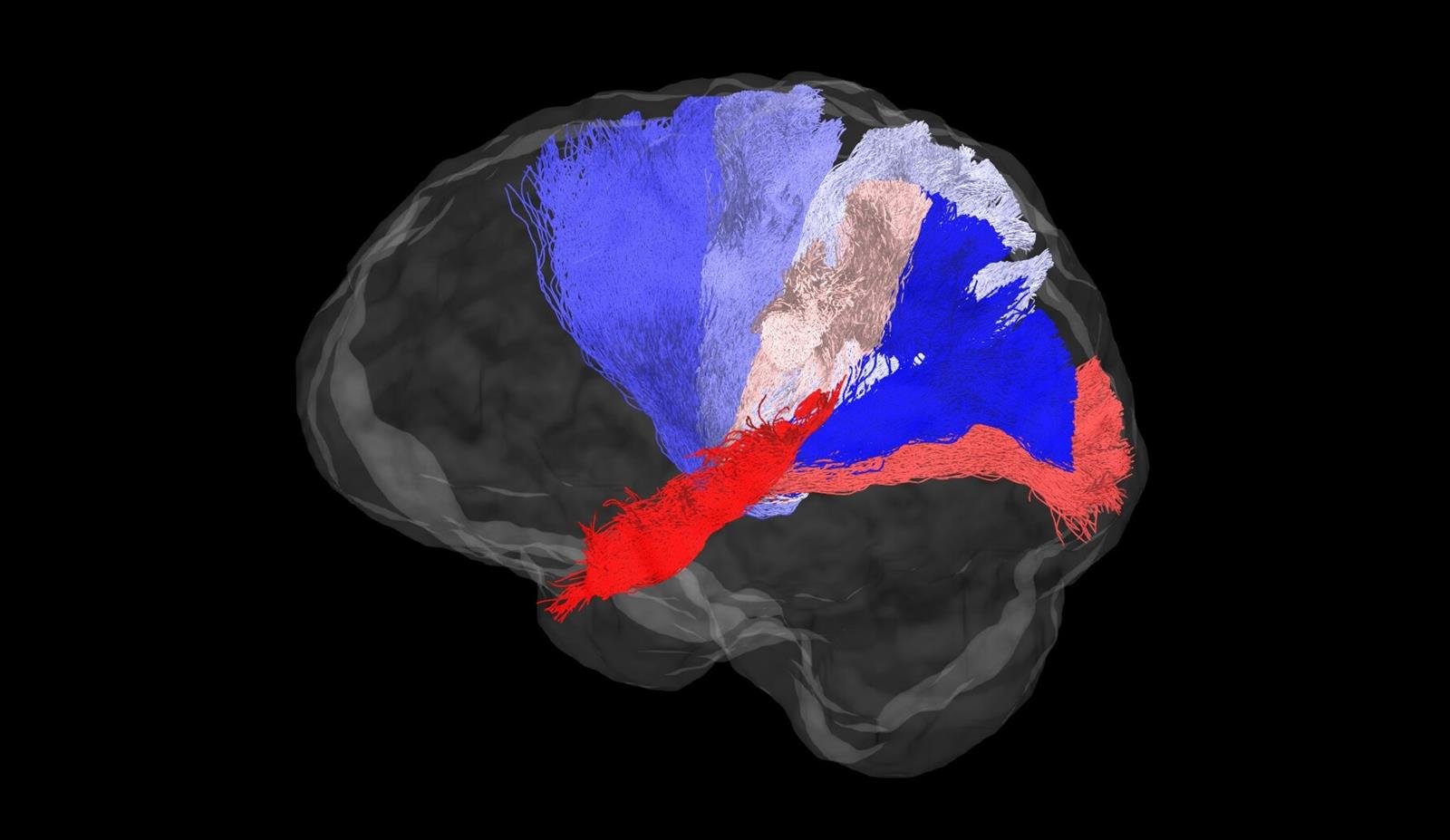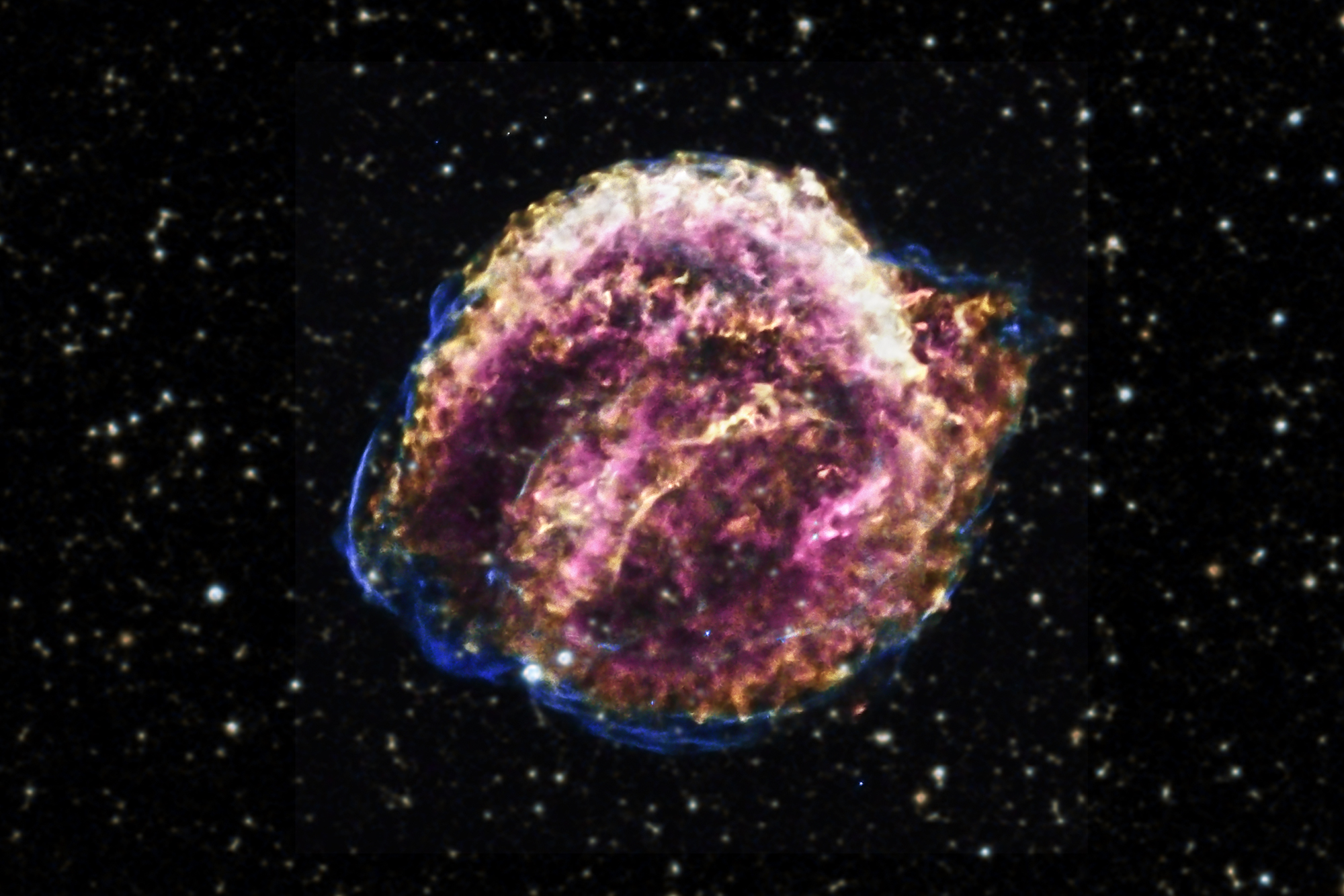Tasks that previously took hours to days can be completed in seconds or minutes says Devarajan Sridharan, author of a study recently published in the journal Nature Computational Science. This focused on a new machine-learning algorithm that would allow scientists to better study our brains. This is how GPUs have been harnessed to work on the connections in the human brain.
The improved algorithm made GPUs help in researching connections in the human brain
This is the ReAl-LiFE (Regular, Accelerated, Linear Evaluation) algorithm developed by researchers from the Indian Institute of Science, which can quickly analyze huge amounts of data generated on the basis of diffuse magnetic resonance imaging (dMRI) of humans. brain. We are not talking about several times here, but up to 150 times the speed of analysis with respect to commonly used algorithms.
This new algorithm could help scientists better understand and predict the connections between different brain regions. Studying them is not easy at all, because millions of neurons operate in the brain every millisecond, generating electrical impulses that are transmitted in neural networks from one place in the brain to another through connected wires (axons). These connections are essential to the computations the brain performs, and understanding them is critical to discovering how the brain works.
Read also: Muscles will be developed. A special suit has been created
Traditional methods of examining connections between brains tend to use animal models and are invasive, while the dMRI scans on which the study is based provide a non-invasive way to examine brain connections in humans. In general, the data obtained from the scans provides less comprehensive information, but the algorithms that analyze them can give them an entirely new dimension.
Until now, they used the computing power of central processors (CPUs), but now, thanks to scientists who have modified the algorithm, they have switched to graphics processors. These proved to be 100-150 times more effective, and the improved algorithm itself was able to predict how the test person would behave or how to perform a particular task. Ultimately, using the communication strengths estimated by the algorithm for each of the 200 people, the research team was able to explain the differences in behavioral and cognitive test scores. This analysis can also be used in medicine.

Echo Richards embodies a personality that is a delightful contradiction: a humble musicaholic who never brags about her expansive knowledge of both classic and contemporary tunes. Infuriatingly modest, one would never know from a mere conversation how deeply entrenched she is in the world of music. This passion seamlessly translates into her problem-solving skills, with Echo often drawing inspiration from melodies and rhythms. A voracious reader, she dives deep into literature, using stories to influence her own hardcore writing. Her spirited advocacy for alcohol isn’t about mere indulgence, but about celebrating life’s poignant moments.




![Corona virus 12/25/2021. What is the incidence of COVID-19 on the first day of Christmas? [RAPORT]](https://www.moviesonline.ca/wp-content/uploads/2021/12/1640535271_Corona-virus-12252021-What-is-the-incidence-of-COVID-19-on.jpg)




